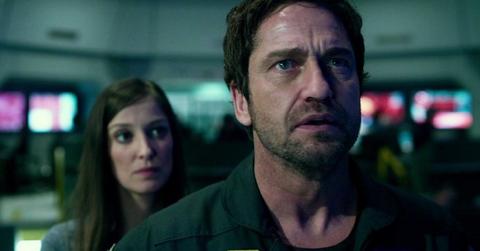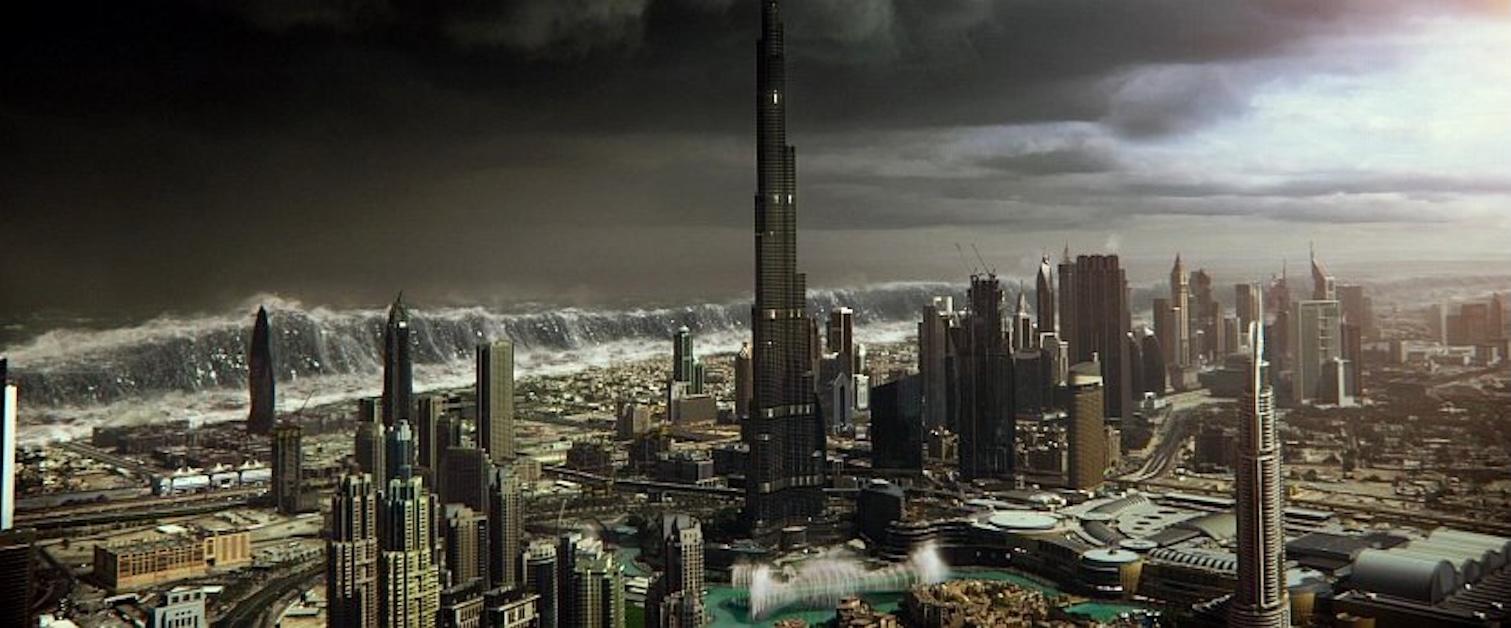Fact Checking the Movie 'Geostorm:' What Would Really Happen During the Space Weather Event?
Is this a case of art imitating life, or just an over dramatization?
Published April 2 2025, 2:08 p.m. ET

If you're one of the people who binged Geostorm as soon as it hit Netflix, you may have found yourself wondering just how closely the Gerard Butler flick matches what could actually happen if a massive geomagnetic storm ever hit Earth.
That's because the cinematic version is full of catastrophic events that feel like they could mean the end of life for all living things if one were to hit our planet.
Keep reading to learn what a real life geostorm would be like, and whether or not humans would fare better than the characters in Geostorm did when the solar storm hit the planet, disrupting life as they knew it.

What is a real life geostorm?
In the movie, the "geostorm" that rocked the planet was created artificially thanks to some light espionage and a villainous attempt to turn a network of satellites tasked with regulating the world's climate against us, generating the aforementioned storm.
According to the Space Weather Prediction Center, there is no such thing as the geostorm mentioned in the film.
Instead, it's likely that the movie was referencing geomagnetic storms, which occur naturally thanks to changes in the Earth's magnetosphere, which is caused by energy exchanges that take place due to solar winds in the area immediately surrounding the planet.
Unlike the bad guys in the movie, these winds are associated with coronal mass ejections (CMEs) that happen during a solar flare.
That's when billions of tons of the sun's plasma gets rapidly ejected from the massive star, sending it — along with an embedded magnetic field — directly towards our planet.
As a result, the Earth's magnetosphere experiences a change in energy, which can sometimes impact electronics, satellites, and radio waves.
Is "Geostorm" a realistic movie?
Other than the fact that geostorms aren't real, geometric storms wouldn't impact the global climate in the way the movie portrays. Instead, in a worse-case scenario situation, The Planetary Society blog says that a geomagnetic storm would most likely knock our planet's power grids offline, plunging the world into veritable darkness for weeks (or even months) before power could be restored.
In fact, that's exactly what happened in 1989, when a powerful solar storm left Quebec without power for nine hours. In 1972, the U.S. military had its own brush with a powerful solar storm when mines that had been floating near Vietnam were triggered.
However, the most famous of these storms occurred in 1859, when a storm produced an aurora borealis that was so large that it could be seen in Colombia.

The aurora was so bright, in fact, that The Planetary Society says that people could even read their newspapers by the light in the middle of the night. This storm was dubbed the Carrington Event, and it is the most massive geomagnetic storm to hit our planet.
While that's not to say that there couldn't be a geomagnetic storm that produces something similar to what you'd expect to see on the silver screen, it's clear that Geostorm didn't follow the science with its plot, making a real life Geostorm pretty much impossible.